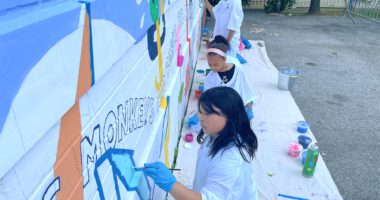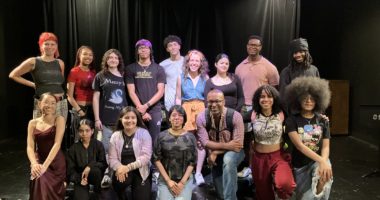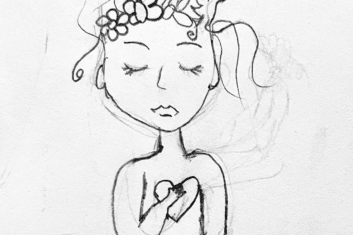Before I started in the Teaching Artist Training & Internship Program (TATIP) with CWP, I had no idea lesson planning would bear such a glaring resemblance to my own creative process. As a fiction writer, I know that the stories I write have the capacity to go in any direction of their choosing. Whenever I begin a story, I never know where the words will take me or what the final result will look like. Eventually, the writer and the story stand as two separate beings. Intent becomes obsolete. It’s an unbelievably naked process.
In my experience, lesson planning follows a similar paradigm. I can’t predict what a lesson plan will become as it exists in its early stages. Because these stages are so open, finding an objective can be intimidating. If you’re anything like me, it may also lead to anxiety. As artists and educators, it’s important we unmask anxiety for what it is: the result of our creative freedom peering in on itself. Yes, the possibilities are endless, but why want it any other way? If I knew exactly where a story would take me, I would never write anything down. If I knew how to create the perfect lesson plan without context, I would never step one foot into a classroom.
A few weeks into training, we were asked to create our own lesson plans. For many of us, this was our first introduction into lesson planning. We were each paired with a partner, ideally one of a different artistry, to create a fifteen minute presentation where we’d highlight various aspects of our lesson plan.
As my partner and I faced the ups and downs of this process, I was reminded of Picasso’s famous line, “A great painting comes together, just barely.”
For me, Picasso’s sentiment is the definition of art and a life worthwhile. We achieve greatness when we take risks and vow to fail better each time. As I continue my Teaching Artistry, I’ve found a deeper sense of joy in Picasso’s wisdom. Like any work of art, a lesson plan comes together, just barely.
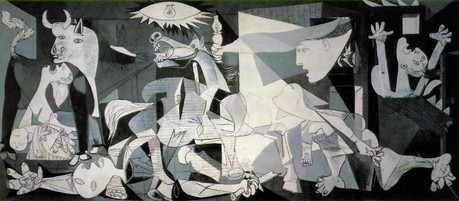
In retrospect, the best part of our lesson plan presentations was the generous feedback we received from our facilitators. It was great to see what the other trainees accomplished. What I found myself most grateful for, however, were the facilitator’s remarkable insights on how all our lesson plans could be improved. Since the presentations, I’ve learned that lesson objectives must be concrete and measurable and that reflection is key. I now understand that the best lesson plans spring from the place that makes us artists.
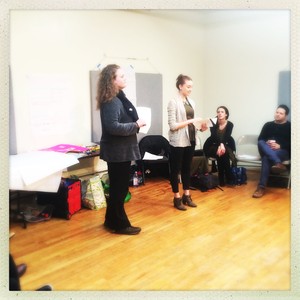

Through CWP I’ve learned that lofty ideals are achieved through structure and inquiry. It isn’t enough to say, “I want to make NYC schools better”, or “I want children to read and write poetry.” These goals are more than admirable but without structure and concrete objectives, our convictions become rudderless, lost. Good lesson planning grounds us. Most importantly, it helps us understand ourselves as artists so we may communicate with our students.
As artists, we can’t escape our idealism. As educators, there is a certain dichotomy we can’t escape either. I’m referring to the place where our idealism coincides with reality. Once we, as Teaching Artists reach this place, we must contend with the way things look versus the way things are. With reflection and flexibility, we can create the lesson plan that will get us there. Just barely.
-Emily Collins, Writer, TATIP Trainee

